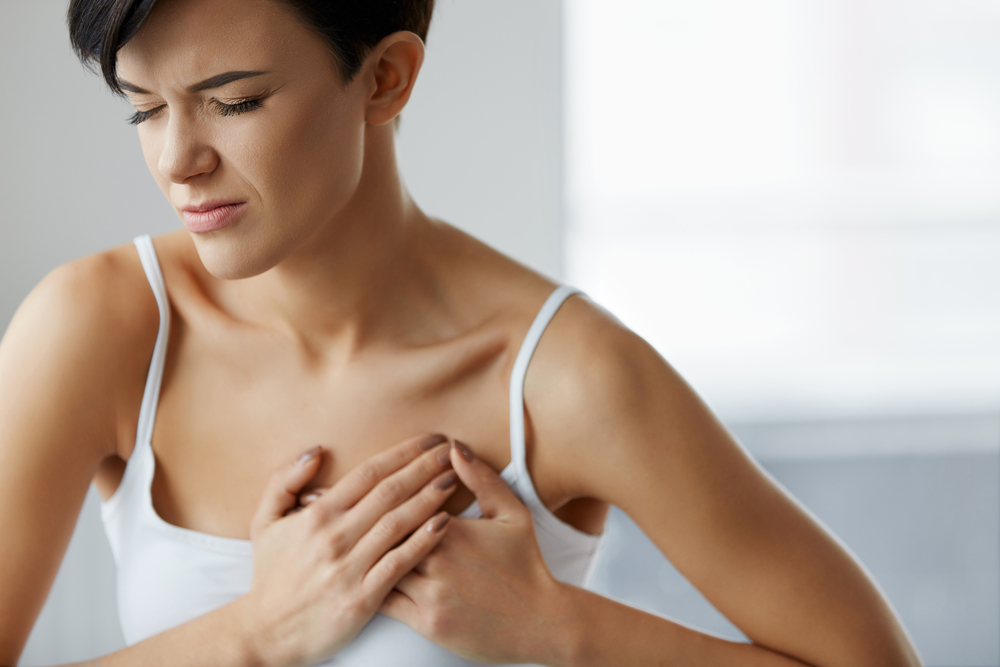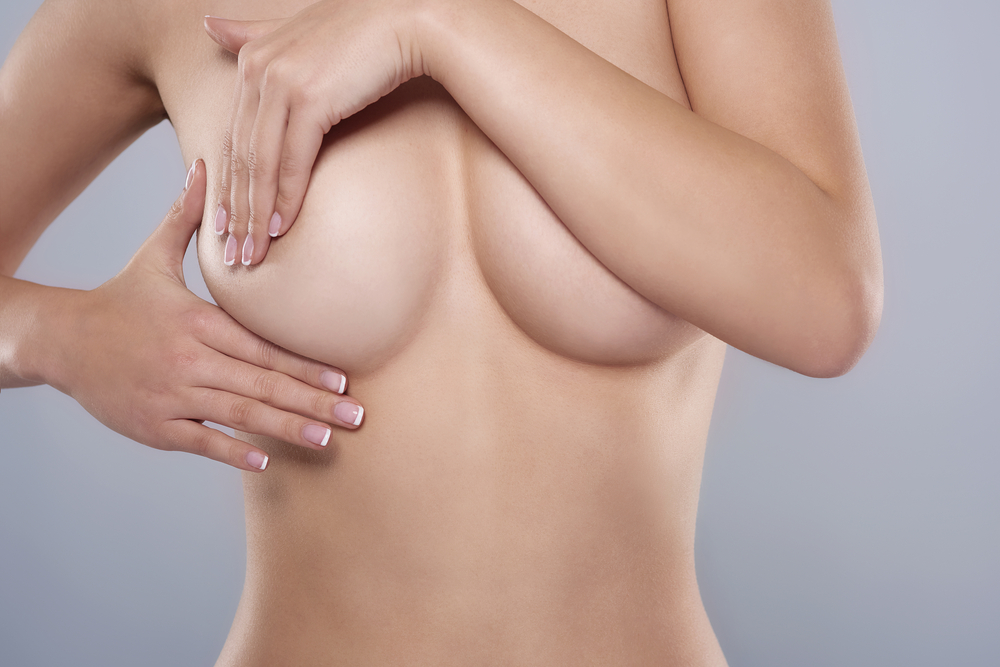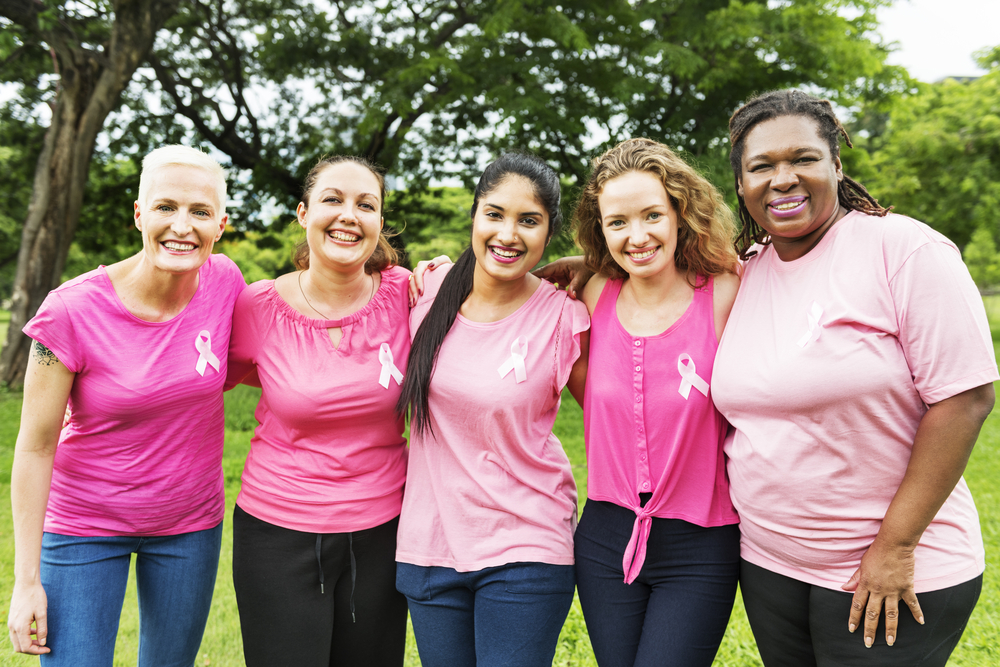By Dixie Mills, MD
The questions and answers around mammograms are muddy to say the least. The debate about their use can get quite heated and more emotional than one would think for a medical screening test. No one really gets up in arms about chest x-rays or blood draws. Unfortunately, the science around mammograms is not as straightforward or black and white as anyone would like it to be.
A study published earlier this year in a very reputable journal, the British Medical Journal, reported that mammograms are really not that helpful and do not prevent any more breast cancers in women between the ages of 40 and 59, than having clinical exams.1 Then the next day, a rebuttal was made by other medical professionals (many radiologists and cancer specialists) that the study used out-dated equipment and was poorly designed. These conflicts in the “breast field” seem to appear in the lay press every few years and obviously confuse the majority of women as much as they are confusing to the medical professionals. Primary care doctors – many of whom have never had a mammogram themselves because they are men or too young, are not sure what to recommend to their patients, and organizations are trying to come up with meaningful guidelines.
Unfortunately, I think some of the sound bites we have heard over and over are not as accurate as we once thought. Let’s look at “Early Detection Saves Lives.” Well it may for some, but the big data does not show that having annual mammograms makes as big a difference in breast cancer as we had originally hoped. I have many patients who swear they were saved by having a mammogram. Their cancers were caught when small – they were Stage 1 and they had the recommended treatments of surgery, radiation and systemic therapy and go for their follow-up mammograms on a regular basis. However, there are also women who went for their annual mammograms and their cancers were not caught early – some were hidden or missed in their mammograms, others were just fast growing tumors. Or there are the thirty something women who are too young for mammograms who get breast cancer.
And then there are women whose cancers were caught early, did all the right things and still got more cancer and their breast cancer spread. On the other side, there are the women who are sure that their cancer was caused by having too many mammograms – exposing them to too much radiation. And now, we realize that there are some breast cancers which are fairly benign, and do not kill, so there is no need to find them early.
A Need for Alternative Screening
It disturbs me to think of throwing mammograms out (and slowly that may be happening whether it is a woman’s choice or health care companies not wanting to pay for a test) – without something to take it’s place. Ultrasounds are almost there, but whole breast ultrasound technology is not quite ready for prime time, and MRI’s are much too expensive and time consuming. So we are left with the least high tech instrument – our own fingers or our health care providers! And mammograms themselves, while most are digital, are still just black, gray and white images.
I certainly would hope, that with all the data technology out there, that some independent group would try and answer this debate. As I have half jested in the past, I would like be a curator of a mammogram museum when I retire. However, that means that either we have found a way to prevent breast cancer so we don’t need to screen for it anymore, or someone (where are you Silicon Valley folks?) invents a better screening device – GOOGLE Mammograms, an Apple iMammo? A prize for the best name?
The medical community is trying to advocate more personalized medicine and in particular, identifying molecular markers on tumors to direct treatment. I read where Google has funded a nanoparticle pill that you swallow and it disperses through the body and can identify cancer cells. Who knows? But hopefully someday there will be a way to tell which women need to have mammograms, which need ultrasounds, and how often. Stay tuned for the next article on some tips about what you can do to take care of your breasts.
References:
1 Twenty five year follow-up for breast cancer incidence and mortality of the Canadian National Breast Screening Study: randomized screening trial BMJ 2014; 348 doi: http://dx.doi.org/10.1136/bmj.g366 (Published 11 February 2014)







